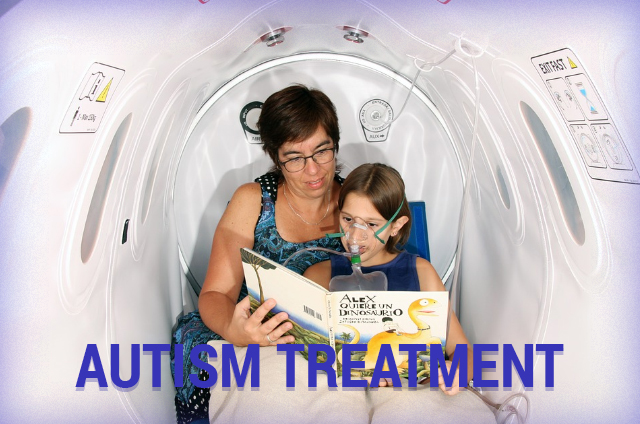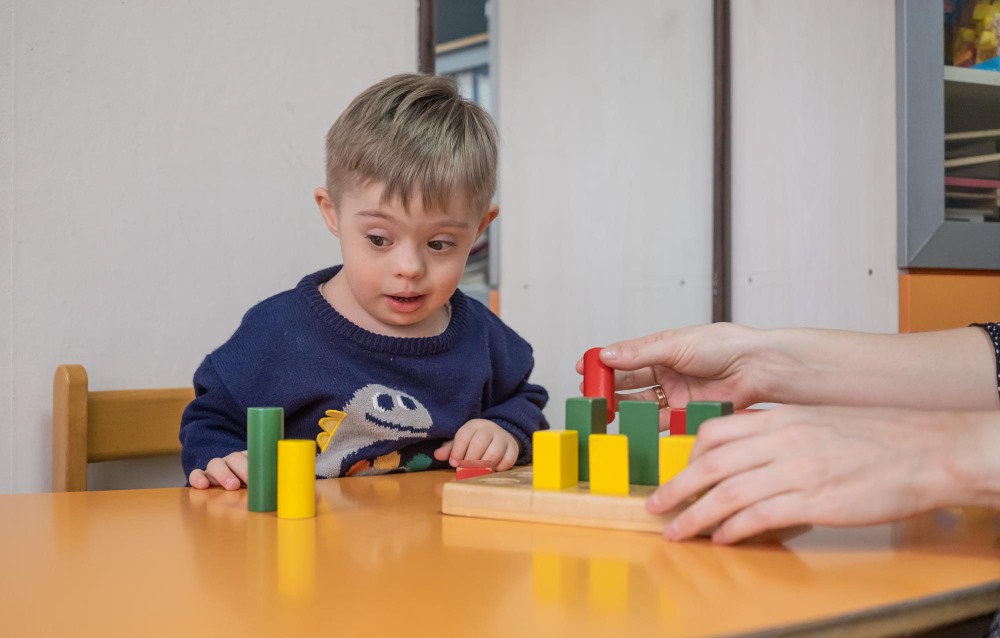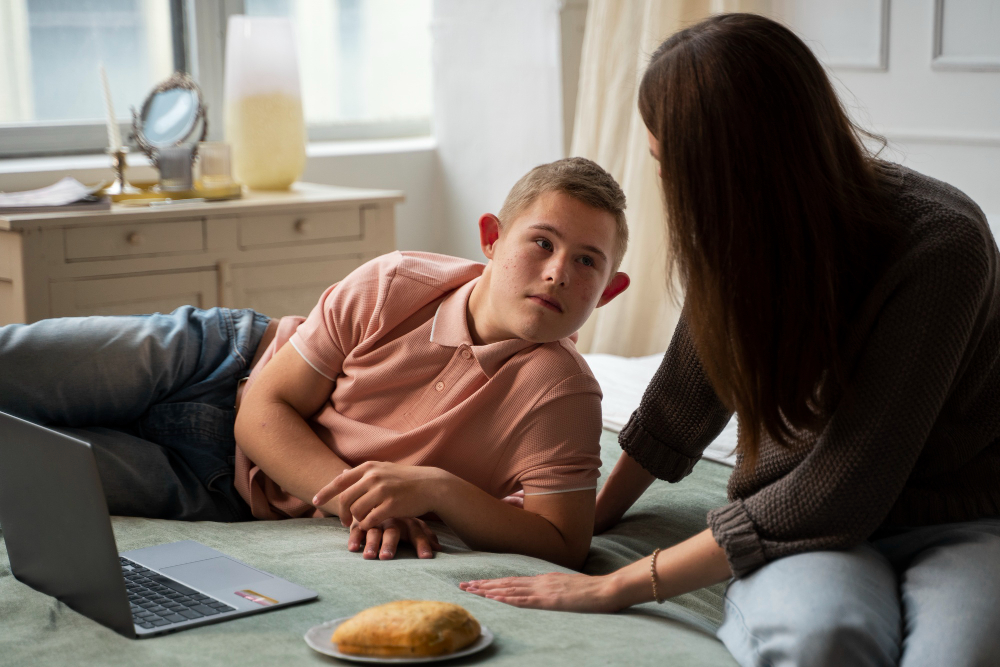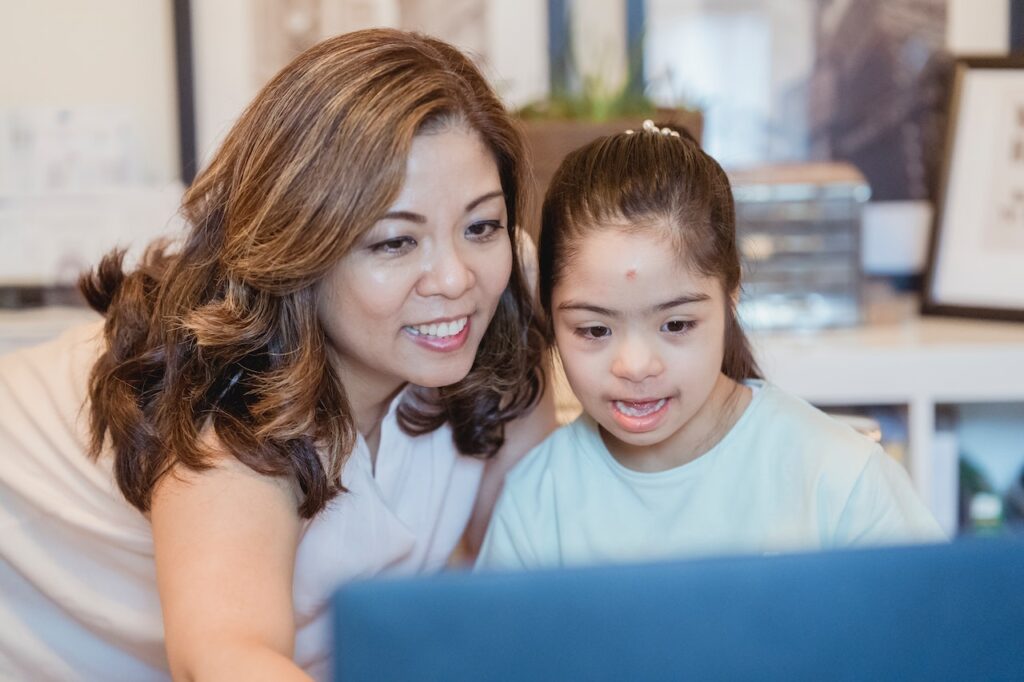“Aiden, look!” said NAO, a humanoid robot of two feet height, when it pointed towards the flat panel display hung on a distant wall. Aiden, a kid, looked where the humanoid robot was pointing.
Aiden, a boy aged 3 ½ years, has ASD (Autism Spectrum Disorder). NAO (pronounced as “now”) is the “frontman” for a system of computers, sensors and cameras designed to help kids like Aiden in learning coordinating attention with objects and people in the environment. Joint attention is the name of this social skill. Normal developing kids learn this basic skill naturally, but autistic kids find it difficult to master it. This inability can result in several learning issues, as the children grow up.
A team of autism experts and mechanical engineers of Vanderbilt University has built the system, and employed it for showing that robotic systems can become effective tools to improve basic social skills of autistic kids. The researchers said that ASD affected kids paid greater attention to the humanoid robot, and also followed the robot’s instructions as good as they follow the instructions of human therapists, when doing standard exercises aimed at developing the skill of joint attention.

Image Courtesy: http://today.uconn.edu
Zachary Warren, one of the team members who directs the TRIAD (Treatment and Research Institute for Autism Spectrum Disorders) in Vanderbilt’s Kennedy Center, said, “This is the first real world test of whether intelligent adaptive systems can make an impact on autism.”
Invention of Humanoid Robots like NAO:
The impetus for making such humanoid robots came from Nilanjan Sarkar, a professor of Mechanical Engineering and Computer Engineering in Vanderbilt. The professor went to India some years ago to visit his cousin, and came to know that the son of his cousin has ASD. After learning something about this neurodevelopmental disorder, he felt that his research can be helpful in treatment of autism.
Many experiments were done at that time, which showed that young kids, especially young kids with ASD, found robots quite appealing. Sarkar told, “We knew that this gave us an advantage, but we had to figure out how to leverage it to improve the children’s social skills.”
How NAO Works:
An “intelligent environment” was built by the researchers around NAO. The control architecture of NAO was upgraded to get desired results. This small humanoid robot stood upon a table in the room’s front. The side walls were used for attaching flat-panel displays. The chair on which the kid sat, faced the room’s front and was sufficiently high so that the robot was at the eye level.
Many inexpensive web cameras were placed in the room, aiming the chair. These cameras were used for tracking the head movements of the kid, so that the system could know where the child is looking. For helping in the effort, the kids participating in the study were made to wear baseball caps having an LED light strip, which helped the computer in finding out where the children are looking.
NAO was programmed with several verbal prompts like “let’s do some more” and “look over here”, and gestures like pointing and looking at the displays. These gestures and prompts imitated those used by human therapists when training children for joint attention.
The protocol starts by giving the verbal prompt asking the kid to look at a video or image displayed on a screen. If the kid does not respond, the therapist gives more support by adding physical gestures to the verbal prompt, like pointing or turning his/her head. If the kid sees the targeted area, the therapist says praising words to the child like “good job”.
NAO does the same job as a human therapist, when it leads a joint attention training.
The Study using Humanoid Robot:
The researchers tested the impact of the human therapist based system and the robot-based one, in a training of joint attention consisting of a dozen of children aged between 2 and 5 years. Within them, six kids had ASD and the remaining six were a control group having developing kids. The researchers carried out short robot-led and human-led training sessions alternatively, and compared the performance of the kids.
Through the test, it was found that kids in both the groups looked at the humanoid robot for more time than they looked at the therapist. In the training led by the human therapist, the kids with ASD spent a greater time looking at the robot, whereas the control group kids watched the human therapist for more time. On the other hand, in the sessions led by the robot, both the groups watched the robot for almost the same time.
The children showed great interest in the robot, and improvements were seen in both the groups across the board.
The research team at Vanderbilt, in no way feels that robots like NAO can replace a human therapist’s personal touch. However, such robots can help in repetitive practice, which is important to the learning process of children affected by ASD.
The researchers are now developing programs assisted by robots that can help in the improvement of other aspects of ASD, like sharing, imitation learning and role playing.




